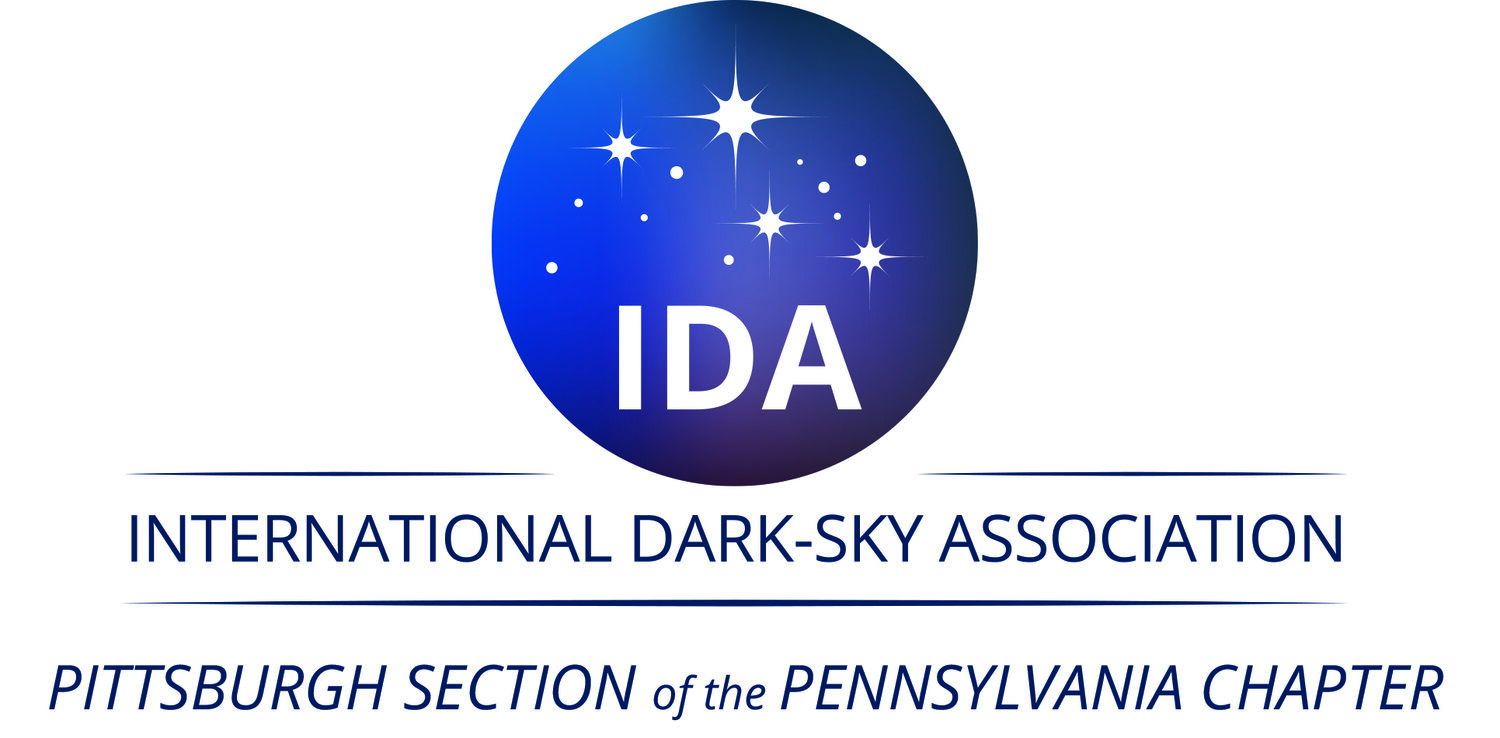Capturing the Night Sky: An Adventure in Astrophotography
In a report by Kattie Warren, learn techniques to take and edit photographs of the night sky.
I’ve always loved to take photographs, ever since I was a young kid. My first camera was a bright pink digital Kodak that my parents gave me for Christmas one year, and since then (after nearly a decade and a half) I have grown as an amateur photographer with various equipment upgrades, and now have a Sony a6000 mirrorless camera. However, whether the camera is a cheap 2008 model or a top-of-the-line DSLR, photograph quality depends on the skill of the photographer and the ability to operate their camera. While I’ve had my Sony for around five years now, I still shoot on preset modes and avoid manually changing settings at all costs. I tried once when I was taking pictures of the moon in high school, but I became so discouraged by all the confusing terms and functions that I did not dare to try again.
But taking this summer class inspired me to dare again; my professor suggested that I try to learn how to take pictures of the night sky for a project and connected me with Adam Gordon, a talented astrophotographer who truly knows how to use his camera well. Looking through his galleries made me eager to learn how to take pictures at that caliber. I reached out via email and we set up a Zoom meeting so he could impart some wisdom.
The first thing Adam told me was that in order to capture the night sky with my camera, I would have to venture into manual mode and learn how to adjust the settings myself. There were three main features that control how the picture turns out: shutter speed, aperture, and ISO (or light sensitivity). The first camera setting, shutter speed, determines how long the exposure is, or how long the camera lets in light to create an image. With an exposure time of 15-30 seconds, a camera lens can stay open long enough to capture the faint lights of stars and other celestial objects in the night sky to show greater detail in an image that would otherwise remain dark. However, because the Earth is always rotating, stars are not stationary in the night sky. In order to avoid star trails, which is when you capture stars over a long enough period of time where you can see their changing trajectory, you must use something called the 500 rule. This means that “shutter speed is equal to 500 ÷ Equivalent Focal Length,” where the equivalent focal length is indicated on your camera lens (Cox 2021). The wide-angle camera lens I use has a focal length of 55-15 mm, so Adam calculated that I should use an exposure time between 15 and 20 seconds.
The second feature is the camera lens aperture, which Adam explained works similarly to the pupil of an eye and can influence both picture exposure and depth of field. With a larger aperture (indicated by a smaller f/stop value), the lens opens wider to let in more light and also causes a blurrier background. Conversely, a smaller aperture has a larger f/stop value to create a darker image that can capture detail throughout the foreground and background of an image, which is favorable for landscape photography. The aperture size has an inverse relationship to the actual value that represents it, which is an important piece of information to keep in mind. Therefore, Adam said I needed to use the lens that could give me the widest aperture, or smallest f/stop value, which was my wide-angle lens that went down to a f/3.5 aperture (Mansurov 2020).
Lastly, ISO settings control the camera’s light sensitivity, with low readings falling around 100 and high readings around 6400. Usually, it is recommended for photographers to use lower ISO values or the camera’s base ISO “to get the highest image quality” (Mansurov 2019). This is because high ISO values, while brighter, can be very noisy and grainy. Adam recommends using settings between 1600 to 6400 ISO for night photography with an ideal baseline night exposure of 3200 ISO.
Adam also gave me some other pointers to use when shooting in manual mode. I should also try to manually focus my camera instead of using auto focus to ensure that the stars I am photographing come out as clear as possible. To do this, you need to point your camera at a bright light point at least 100 feet away that appears as a dot and adjust the focus to where the light appears to be the smallest (with no blurred edges). Additionally, I would want to use a tripod to help stabilize the camera during long exposure shots to preserve image clarity and precision and use a two-second timer so I wouldn’t disturb the camera when clicking the shutter.
With this knowledge in mind, I set out to take some night photos in a friend’s backyard 14 miles outside downtown Pittsburgh. I made sure to take photos after astronomical twilight and moonset to ensure it was dark enough. Luckily, Adam was patient and helped guide me through selecting my manual settings beforehand, so I did not have to fumble around in the dark trying to figure out how to work the camera. The sky was fairly clear with only some clouds passing by, and I was surprised how many stars I could see despite the neighbor’s backyard lights shining in my direction. At first glance, the first few photos I took looked like the sky was completely grey, and I felt disappointed. But as I zoomed in to look more closely, I realized that my camera was picking up so many stars that I couldn’t even see with my own eyes.
